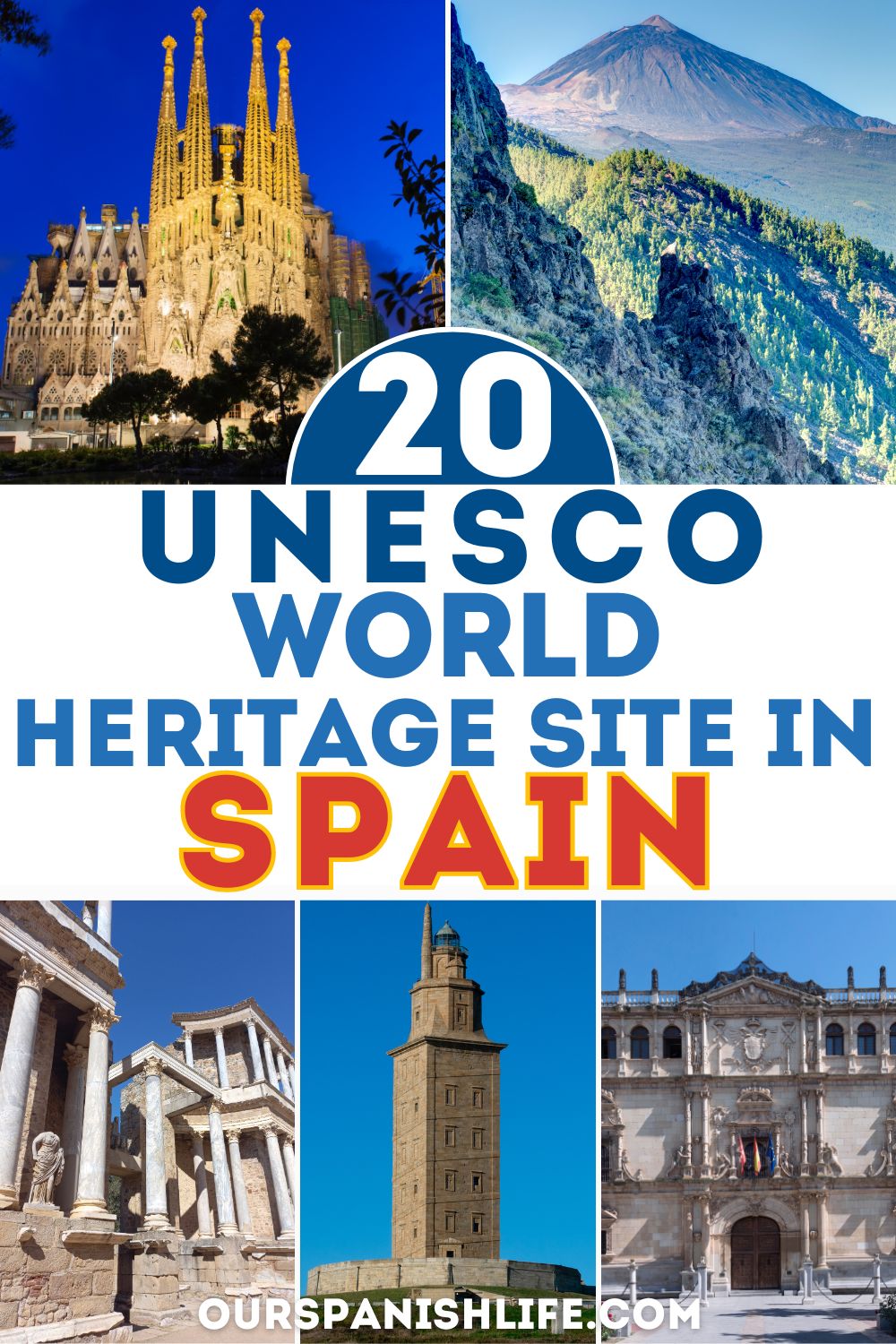Spain is a country that boasts an extraordinary array of cultural treasures, many of which have been recognized as UNESCO World Heritage Sites.
These sites offer a glimpse into Spain’s fascinating history, reflecting its diverse influences, artistic achievements, and natural wonders.
From ancient Roman ruins to awe-inspiring cathedrals, Spain’s World Heritage Sites are a testament to the nation’s rich heritage and its place in the global cultural landscape.
Exploring these sites provides a unique opportunity to immerse oneself in the beauty and history of Spain.
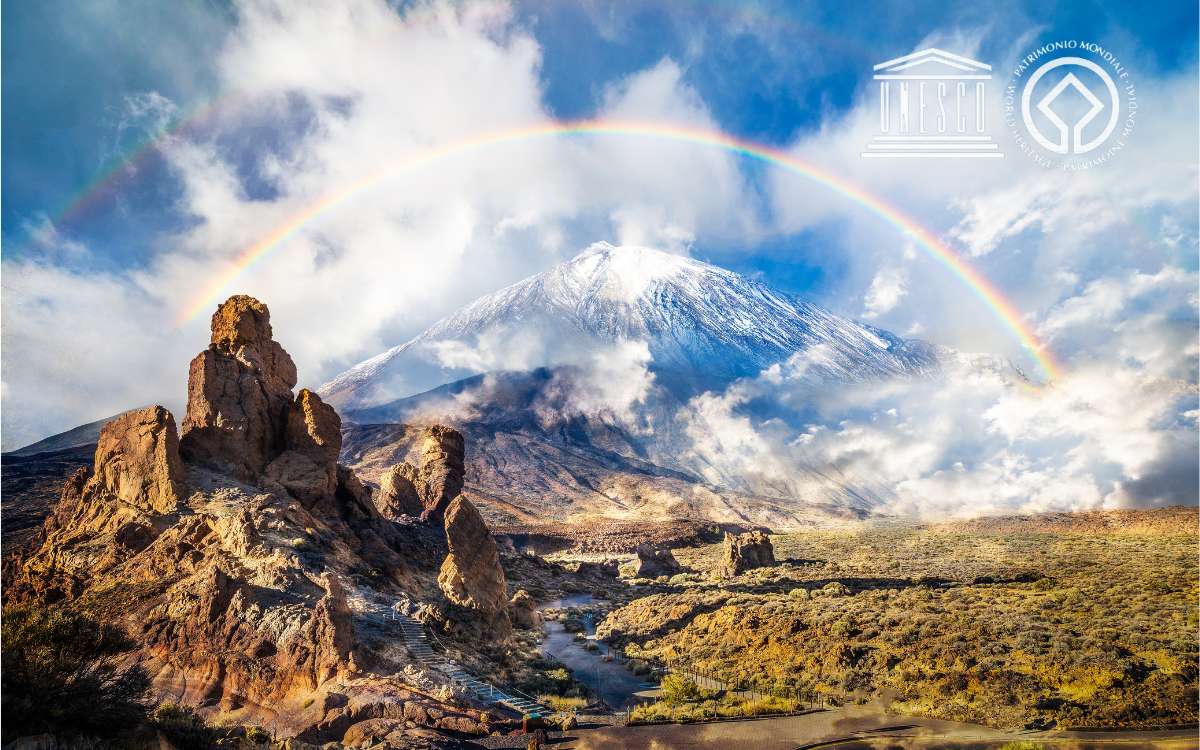
Whether you’re wandering through the medieval streets of Toledo, marvelling at the innovative architecture of Antoni Gaudí in Barcelona, or standing amidst the natural splendour of Teide National Park, each site offers a unique experience that captures the essence of Spain’s vibrant culture.
Let’s embark on a journey through these incredible sites and discover the magic of Spain.
UNESCO World Heritage Sites in Spain: 20 Must-Visit Cultural and Natural Wonders
Here are the 20 UNESCO World Heritage Sites in Spain that highlight the country’s unique heritage and breathtaking landscapes:
1. Alhambra, Generalife and Albayzín, Granada
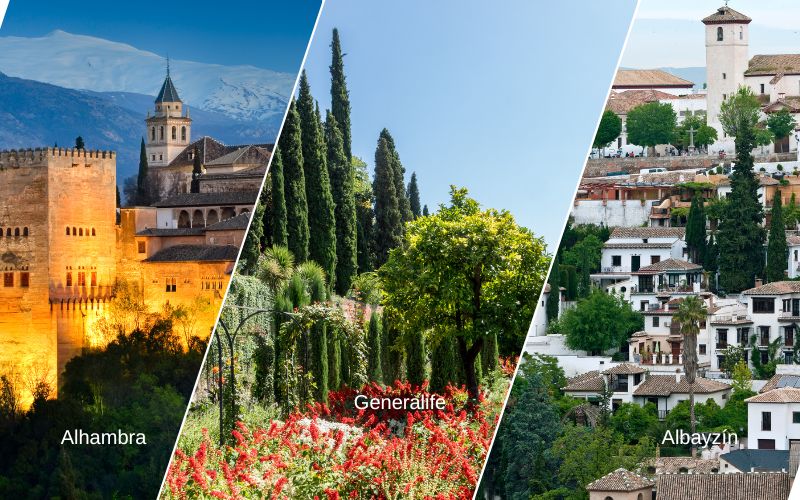
Immerse yourself in the enchanting allure of Granada’s UNESCO World Heritage site, where the majestic Alhambra fortress and exquisite Nasrid palaces stand as testaments to Moorish artistry.
This captivating journey through time and culture continues in the serene Generalife gardens, a tranquil oasis amidst the architectural marvels, and the historic Albayzín district, a labyrinth of winding streets offering breathtaking views and a vibrant cultural experience.
Here, the intricate palaces of the Alhambra and the lively atmosphere of Albayzín reflect centuries of Islamic and Christian influence, creating a beautiful tapestry of history that promises a truly unforgettable experience.
2. Historic Centre of Cordoba
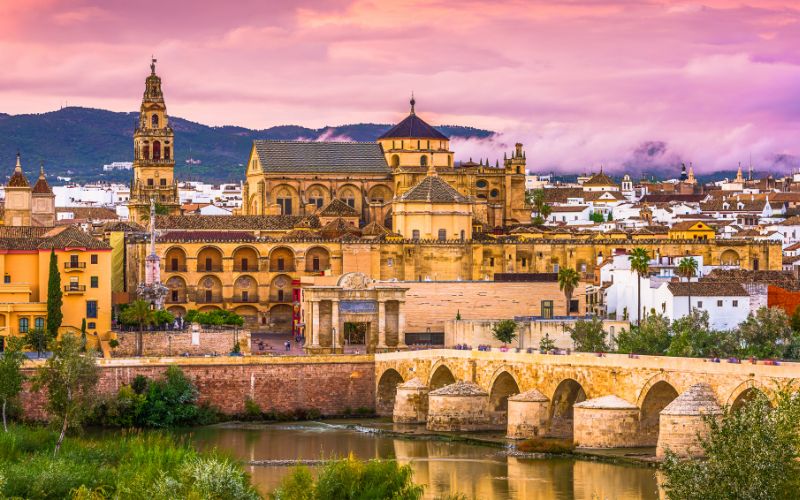
The Historic Centre of Cordoba, a UNESCO World Heritage gem, is a captivating tapestry woven with Moorish and Christian threads. Its iconic Mosque-Cathedral, a masterpiece of religious fusion, stands as a testament to the city’s rich history.
Wander through the enchanting Jewish Quarter, with its labyrinthine streets and ancient synagogues, or immerse yourself in the beauty of the Alcázar de los Reyes Cristianos for a complete immersion into Cordoba’s captivating past.
This living museum invites you to explore its architectural wonders, vibrant culture, and the allure of its famous patios.
3. Sagrada Família, Barcelona

The Sagrada Família, a UNESCO World Heritage masterpiece, is a testament to Antoni Gaudí’s visionary genius, a renowned Spanish architect.
This iconic Barcelona landmark, still under construction, captivates with its surreal blend of Gothic and Art Nouveau styles. Its soaring towers, intricate facades, and vibrant stained glass create a mesmerizing symphony of form and color.
A visit to this architectural marvel offers a profound exploration of Gaudí’s spiritual inspiration and the enduring legacy of Catalan Modernisme .
4. Works of Antoni Gaudí, Barcelona
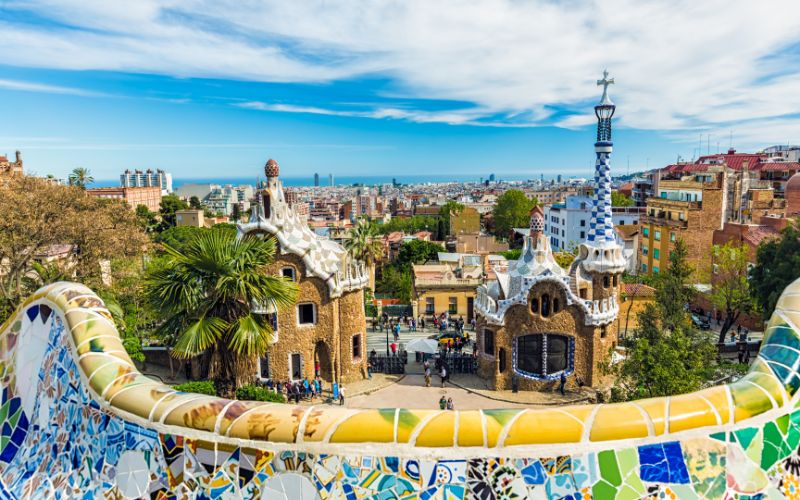
The Works of Antoni Gaudí in Barcelona is a UNESCO World Heritage treasure showcasing the architect’s revolutionary vision.
This extraordinary ensemble, including the iconic Sagrada Família, Park Güell, Casa Batlló, and Casa Milà (La Pedrera), transforms the city into a living canvas of organic forms and vibrant colors.
Gaudí’s mastery of nature-inspired design and innovative techniques is evident in every intricate detail, making Barcelona a pilgrimage site for architecture enthusiasts and a captivating experience for all visitors.
5. Burgos Cathedral
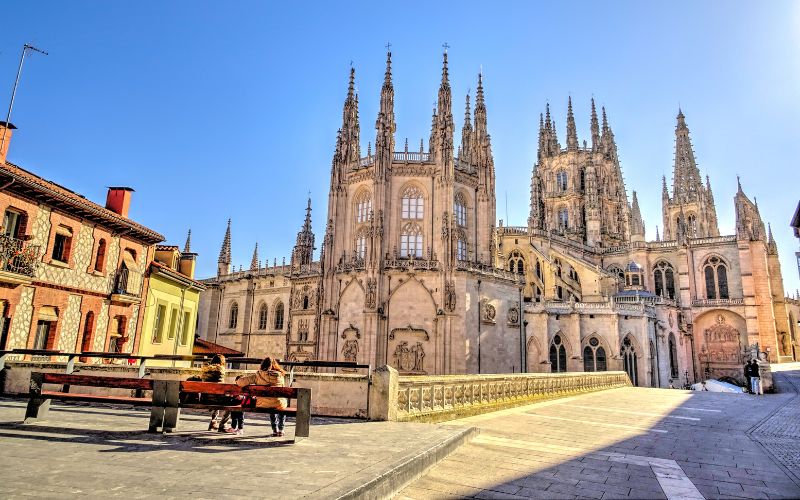
The Burgos Cathedral is a breathtaking testament to Gothic architecture and Spanish artistry. Its soaring spires, intricate stonework, and stunning stained glass windows create a mesmerizing spectacle that transports visitors to a bygone era.
This iconic cathedral, a symbol of faith and history, boasts a rich collection of art and sculptures that reveal the region’s cultural heritage.
Immerse yourself in the cathedral’s grandeur and explore its chapels and stunning facade to uncover the heart of Burgos.
6. Monastery and Site of the Escurial, Madrid
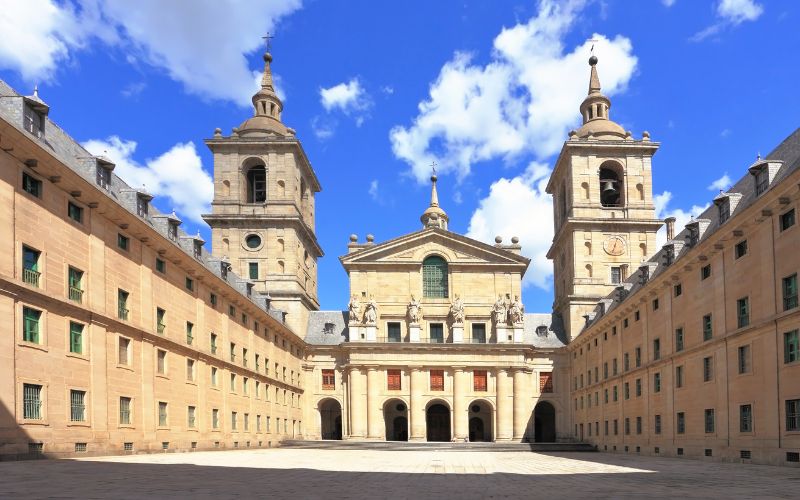
Discover the Monastery and Site of the Escurial, a remarkable UNESCO World Heritage Site just outside of Madrid.
This monumental complex, built in the 16th century, and commissioned by King Philip II, showcases stunning Renaissance architecture and serves as a royal palace, monastery, and museum.
Visitors can explore its vast library, beautiful gardens, and impressive art collections, all reflecting Spain’s rich history and culture. Don’t miss the chance to immerse yourself in the grandeur of this historical gem!
7. Prado Museum, Madrid
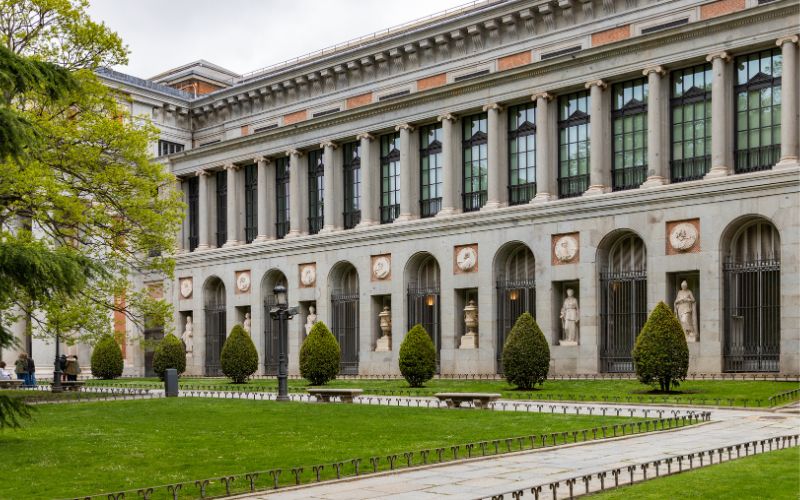
The Prado Museum stands as a testament to Spain’s rich artistic tradition, housing over 8,000 paintings and 700 sculptures in its stunning neoclassical building.
Home to iconic works like Velázquez’s “Las Meninas”, Goya’s “The Third of May 1808”, and Bosch’s “The Haywain Triptych” the museum provides an immersive experience into the evolution of European art.
Don’t miss the opportunity to wander through its halls and uncover the hidden gems that narrate the story of Spain’s cultural legacy. With its central location in Madrid, it’s easily accessible for travelers.
8. Santiago de Compostela (Old Town)
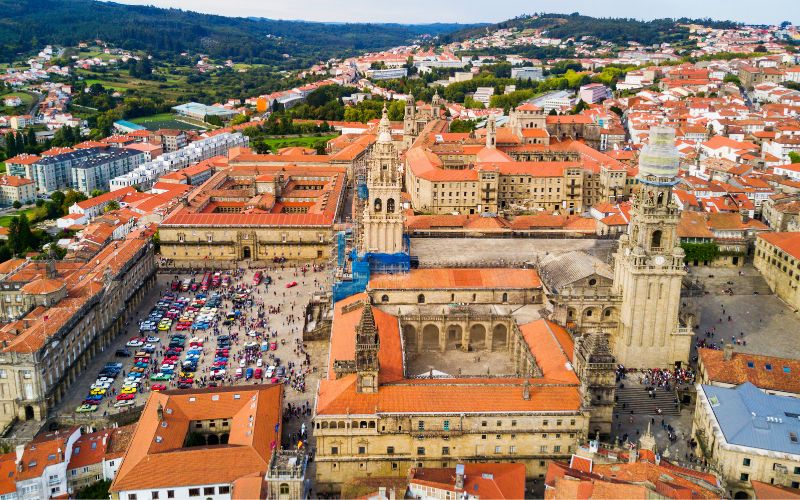
The Old Town of Santiago de Compostela is a captivating blend of history, culture, and spirituality.
As the final destination of the Camino de Santiago (Way of Saint James), this historic center draws pilgrims and visitors alike to explore its cobbled streets, stunning architecture, and vibrant atmosphere, since the 9th century, when the remains of St. James were purportedly discovered in Santiago.
Immerse yourself in the region’s rich heritage through its delicious cuisine, captivating art, and the majestic Santiago de Compostela Cathedral, a testament to centuries of devotion and artistry.
9. Archaeological Ensemble of Mérida
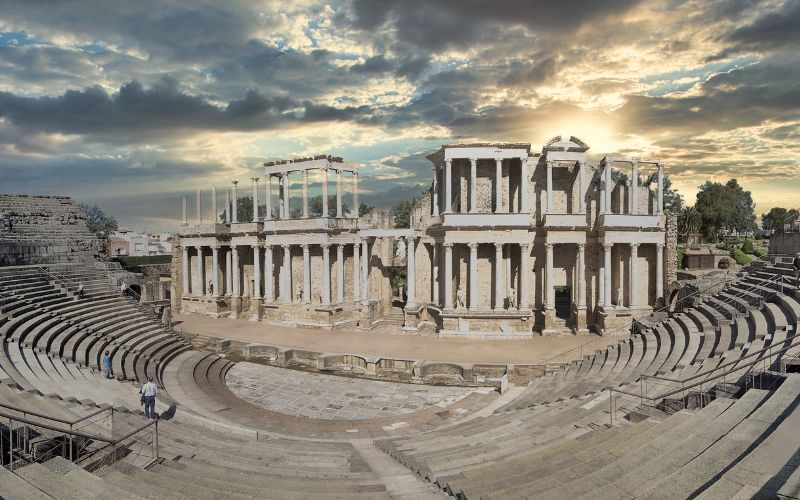
Step into the past at the Archaeological Ensemble of Mérida, where remnants of Roman civilization come alive in Spain.
This ancient city boasts impressive ruins, including a magnificent Roman Theatre, iconic aqueducts, well-preserved monuments, and stunning artifacts housed in the neighboring museum, offering a glimpse into the grandeur of Roman life.
Immerse yourself in history through live performances at the Teatro Romano and explore the neighboring museum to discover the stories behind the artifacts.
Mérida invites you to journey back in time and experience the enduring legacy of the Roman Empire.
10. Old Town of Ávila with its Extra-Muros Churches
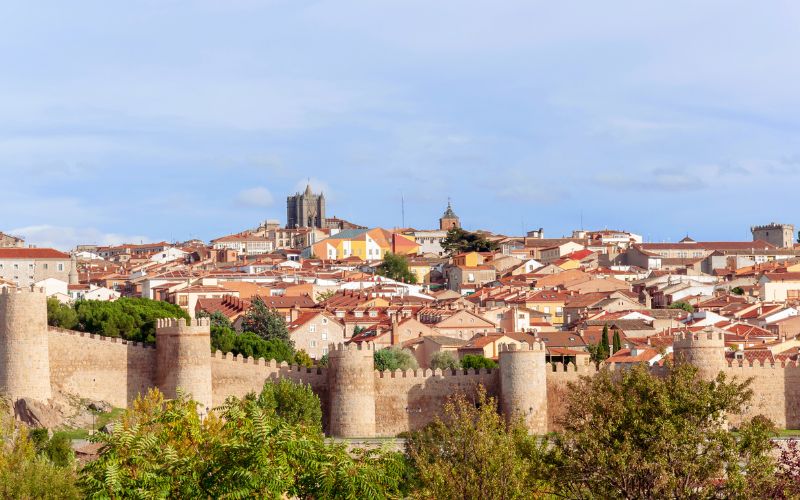
The Old Town of Ávila is encircled by impressive medieval walls that offer stunning panoramic views. Within its confines, the Extra-Muros Churches stand as testaments to the city’s rich spiritual heritage.
Explore the cobblestone streets, marvel at the Romanesque architecture, and immerse yourself in the history and culture that permeates every corner of this enchanting town.
Ávila’s blend of history, faith, and architectural beauty offers an unforgettable experience for every visitor. Whether you’re admiring the details of the Gothic-style San Vicente or enjoying stunning panoramic views from the city walls, Ávila promises a memorable cultural experience.
11. Old City of Salamanca
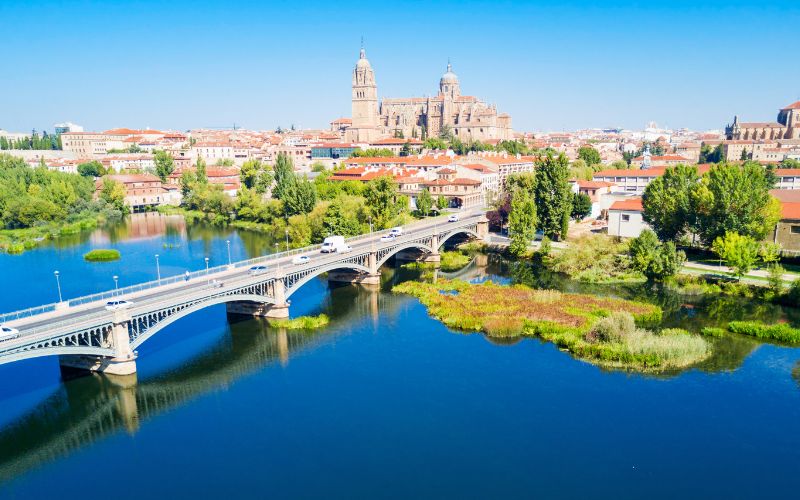
Experience the Old City of Salamanca with its fascinating blend of history, art, and academia. Its golden sandstone buildings, including the renowned University of Salamanca and magnificent cathedrals, create a stunning architectural ensemble.
Immerse yourself in the city’s vibrant atmosphere as you wander through charming plazas and discover hidden treasures at every turn.
As you explore, you’ll find yourself immersed in a lively atmosphere where traditional tapas bars meet centuries-old buildings, offering a unique glimpse into both past and present.
12. Historic City of Toledo
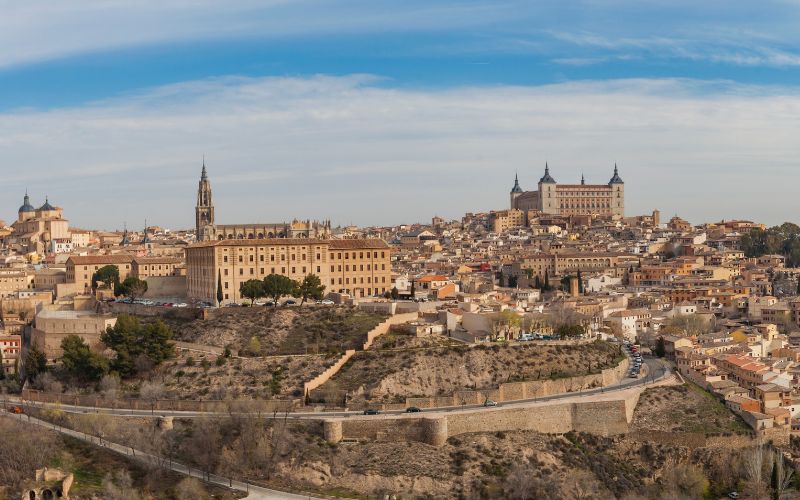
Toledo, the historic gem of Spain, a UNESCO World Heritage masterpiece, is a captivating blend of Christian, Muslim, and Jewish cultures.
Perched on a hill overlooking the Tagus River, this enchanting city boasts stunning architectural styles, including Gothic, Mudejar, and Renaissance elements.
From the magnificent Toledo Cathedral to the awe-inspiring Alcázar, the city’s historical monuments narrate stories of coexistence and artistic brilliance.
As you explore its cobblestone streets, you’ll delight in discovering local shops, traditional eateries, and breathtaking viewpoints, making Toledo a must-visit destination for history and culture enthusiasts alike.
13. Garajonay National Park, La Gomera
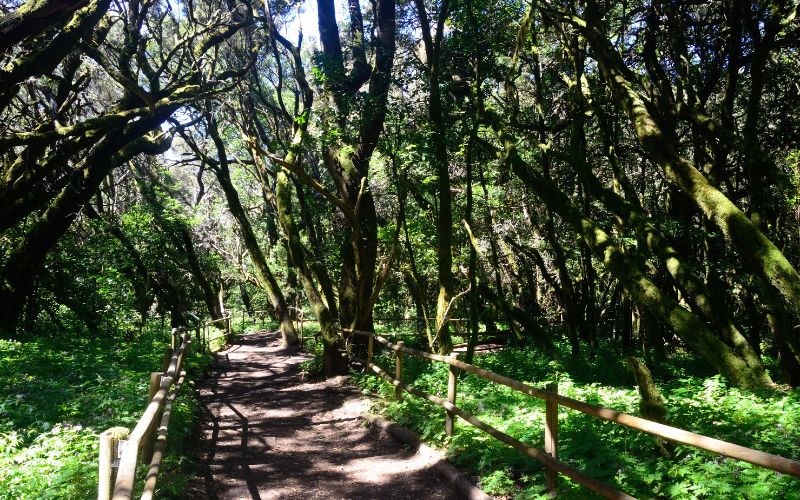
This UNESCO World Heritage Site is not only a natural wonder in Spain but also a cultural hotspot steeped in local legends and traditions hosting diverse ecosystems that are crucial for biodiversity.
With over 20 distinct vegetation zones, the park is a sanctuary for unique species such as the endangered Gomeran lizard and various endemic birds.
Visitors can delve into the island’s rich history, including its indigenous Berber roots and the stories that inspire local folklore. Engage with local guides to learn more about the significance of Garajonay and its role in the cultural identity of the Canaries.
14. Teide National Park, Tenerife

Teide National Park is home to Spain’s highest peak, Mount Teide, which rises majestically at 3,718 meters and boasts a stunning landscape of craters, lava flows, and unique volcanic rock formations, making it a paradise for nature lovers and photographers alike.
The park is not only a geological wonder but also a hotspot for biodiversity, featuring numerous endemic plant species and a rich wildlife population.
Visitors can explore various hiking trails, take a cable car to the summit, or enjoy stargazing under some of the clearest skies in Europe. Don’t miss the chance to witness the magical colors of a sunset over the volcanic landscape!
15. Roman Walls of Lugo
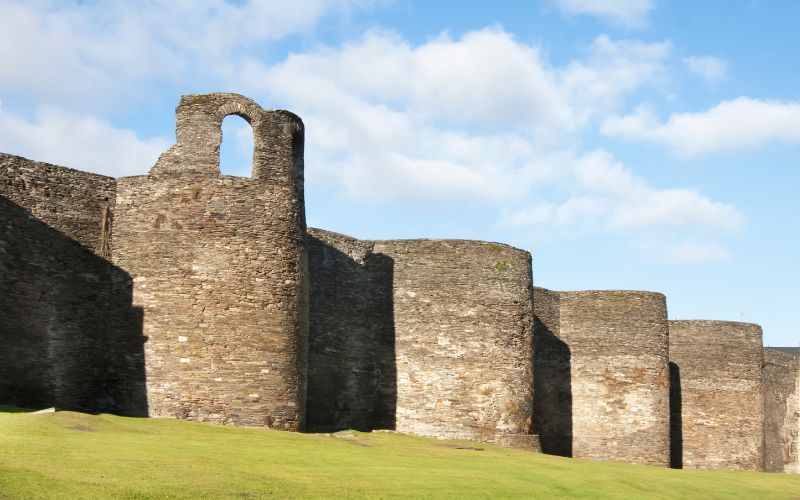
The Roman Walls of Lugo, dating back to the 3rd century AD, are a remarkable example of Roman military architecture and urban planning.
Extending over 2 kilometers, these well-preserved fortifications encircle the historic center of Lugo, offering visitors a unique glimpse into ancient defensive techniques.
As you stroll along the walls, you’ll encounter stunning views of the city and the chance to explore various towers and gates that have stood the test of time. Lugo invites travelers to immerse themselves in its rich past while exploring vibrant local culture.
16. Rock Art of the Mediterranean Basin on the Iberian Peninsula
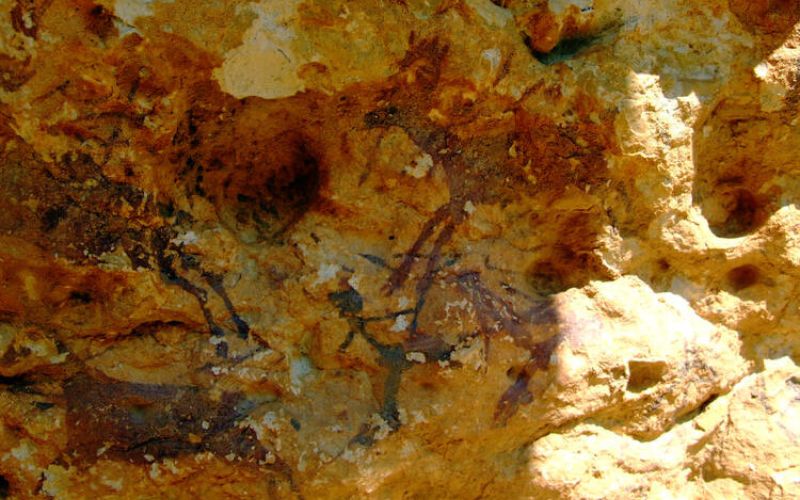
Recognized by UNESCO, the Rock Art of the Mediterranean Basin on the Iberian Peninsula is a collection of impressive cave paintings and carvings that highlight the profound connection between early humans and their surroundings.
Comprising around 100 sites that date back to the Paleolithic and Neolithic periods spanning thousands of years, these artworks depict hunting scenes, animals, and abstract symbols that reflect the spirituality and daily life of prehistoric societies.
Located primarily in regions like Valencia, Catalonia, and Andalusia, these sites serve as a striking reminder of rich cultural heritage and the artistic expression of our ancestors.
Visiting these remarkable locations offers a unique glimpse into the artistic legacy that shaped the Iberian Peninsula.
17. University and Historic Precinct of Alcalá de Henares
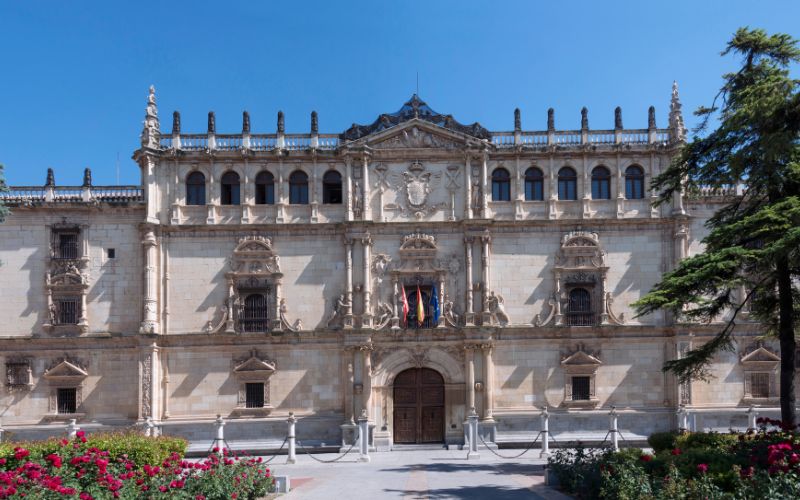
Nestled in a town just 35 kilometers from Madrid, the University and Historic Precinct of Alcalá de Henares is a stunning example of Spanish Renaissance architecture and a testament to the country’s rich educational history.
Founded in 1499, this vibrant university complex not only showcases magnificent buildings but also played a pivotal role in the development of humanism in Europe.
As the birthplace of Miguel de Cervantes, the iconic author of “Don Quixote,” this site offers a rich tapestry of educational and cultural significance. Visitors can explore its beautiful courtyards and the iconic Cisnerian Library, which reflects the scholarly pursuits of centuries past.
18. Tower of Hercules, A Coruña

As a remarkable piece of heritage, the Tower of Hercules has stood for nearly two thousand years, guiding sailors safely to shore. This iconic structure is surrounded by beautiful gardens and walkways, perfect for a leisurely stroll while soaking in the maritime culture of the region.
Standing at 55 meters tall, climbing to the top rewards visitors with panoramic views of the Atlantic coast and the vibrant city of A Coruña.
Don’t miss the opportunity to learn about its fascinating history through informative displays available on-site.
19. Almadén Mining Park
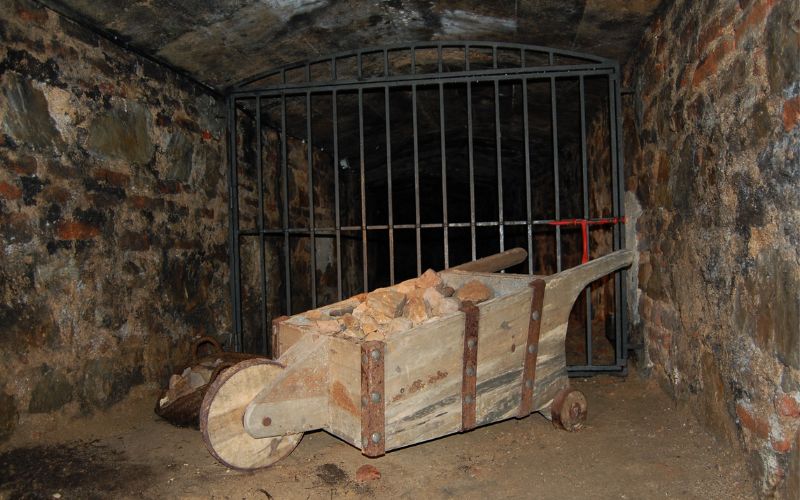
Almadén Mining Park stands as a testament to Spain’s industrial heritage, and UNESCO recognizes it for its significant contributions to mercury production dating back over 2,000 years.
The park features well-preserved mining structures and underground tunnels, with remnants of ancient mining techniques and stunning landscapes shaped by centuries of mineral extraction.
Attend informative exhibitions and guided tours to discover how Almadén shaped both local culture and global industry.
20. Prehistoric Rock Art Sites in the Côa Valley and Siega Verde
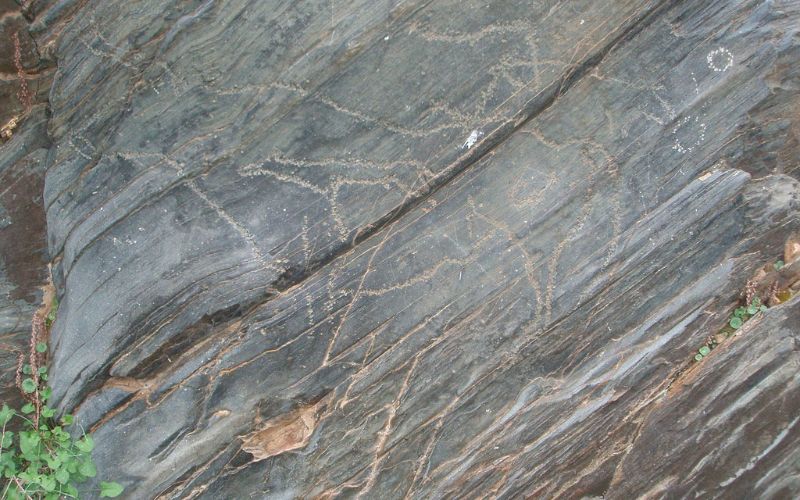
The Prehistoric Rock Art Sites in the Côa Valley and Siega Verde are a fascinating glimpse into early human creativity and expression, showcasing over a thousand stunning rock engravings that date back to the Upper Paleolithic era.
Nestled between Portugal and Spain, these sites not only offer a rich archaeological experience but also breathtaking landscapes ideal for hiking and exploration.
Featuring intricate rock carvings that highlight the artistic skills of our ancestors, visitors can immerse themselves in the stories etched into the rocks, revealing insights into the lives of ancient peoples.
Conclusion
UNESCO World Heritage Sites in Spain are a true reflection of the country’s rich history and cultural diversity. Each site, whether a breathtaking architectural wonder or a stunning natural landscape, tells a unique story that contributes to Spain’s national identity.
Exploring these sites offers travelers a chance to connect with the past and experience the vibrant culture that defines Spain.
From the enchanting palaces of Alhambra to the awe-inspiring works of Gaudí, each of these UNESCO sites offers a unique opportunity to explore the beauty and diversity of Spain.
Whether you’re a history enthusiast, an art lover, or a nature admirer, Spain’s World Heritage Sites promise an unforgettable journey through time and culture. Don’t miss the chance to discover these incredible treasures and experience the magic of Spain.
Frequently Asked Questions (FAQs)
1. What are UNESCO World Heritage Sites?
UNESCO World Heritage Sites are landmarks or areas selected by the United Nations Educational, Scientific and Cultural Organization (UNESCO) for their cultural, historical, scientific, or other forms of significance. These sites are protected under international treaties and are recognized for their importance to humanity.
2. How many UNESCO World Heritage Sites are there in Spain?
As of now, Spain boasts 49 UNESCO World Heritage Sites, making it one of the countries with the most sites worldwide. This article highlights 20 of these remarkable sites, showcasing the diversity and richness of Spain’s cultural and natural heritage.
3. Which is the most visited UNESCO World Heritage Site in Spain?
The Alhambra in Granada is one of the most visited UNESCO World Heritage Sites in Spain. Its breathtaking architecture and rich history draw millions of visitors annually.
4. Are there any natural UNESCO World Heritage Sites in Spain?
Yes, Spain is home to several natural UNESCO World Heritage Sites, including Teide National Park in Tenerife and Garajonay National Park in La Gomera. These sites offer stunning landscapes and unique biodiversity.
5. How can I visit these UNESCO World Heritage Sites in Spain?
Most UNESCO World Heritage Sites in Spain are open to the public and can be visited year-round. It’s advisable to check the official websites or local tourism offices for information on visiting hours, guided tours, and any entry requirements.
